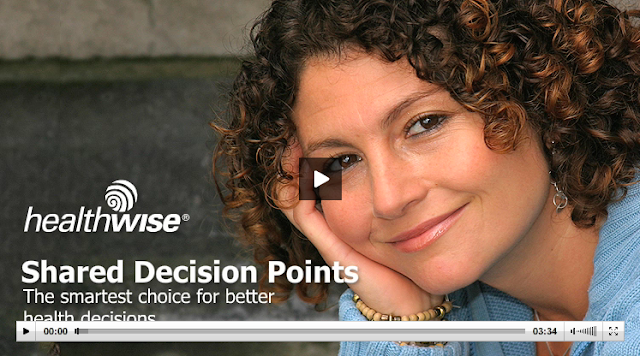This series concludes (for now) and to end we rely on the participation of
Tino Martí, health economist and technologist who has focused his career in the field of health management, innovation and new technologies, particularly in primary care. Together with him we have worked on a conceptual model of innovation in clinical practice.
The model recognises that health care is currently provided in three stages: the health centre, the home and the cloud. The emergence of this third stage together with the possibility of remote assistance from the health centre is facilitating the emergence of new models of care that are challenging clinical practice by questioning the need for physical presence.
The main innovation is the
digitisation of medical records and the ability to exchange information between systems. The electronic medical record acts as a platform for both the physical presence in clinical practice and the virtual by allowing the patient to access a subset of data represented by the
personal health record and through the glue of services (patient portal). Alongside the systems of
informed decisions, these services provide information to the patient and enable them to play a more active role.
The
virtual consultation via email, telecare (videoconferencing) and monitoring using cloud connected computers (
telehealth), form the communication layer of this model.
Finally, and with a promising yet unpredictable future, we have the patient’s social networks that contribute a relational layer to the model.
Infographic: Virtual Clinical Practice Model (T. Martí, J. Varela)
Not all components are present in all systems (a long way to go), nor is there a standard configuration for virtual clinical practice. Depending on your goals and the technology available, each practice must design and configure the elements that help to complete the personal assistance services or develop substitutes.
Reviewing experiences has provided us with various levels of evidence for effectiveness and efficiency represented below in the coloured bars in each chart element. It’s reasonable to use the existing evidence in evaluating the introduction of innovations in healthcare, especially in a time of scarce resources, but these circumstances should not obscure the fact that innovation is born from experimentation. The existing assessments of the models tend to focus on one element and not the system; therefore we evaluate tools in isolation instead of new models of care.
The introduction of new technology doesn’t usually prioritise on the cost effectiveness ratio, but rather the improvement to the quality and safety of care and the satisfaction of the participants.
As you have seen, we have only hinted at the innovation available from the current vogue of mobile technology and it deserves a separate chapter that we hope to cover in a near future post.








